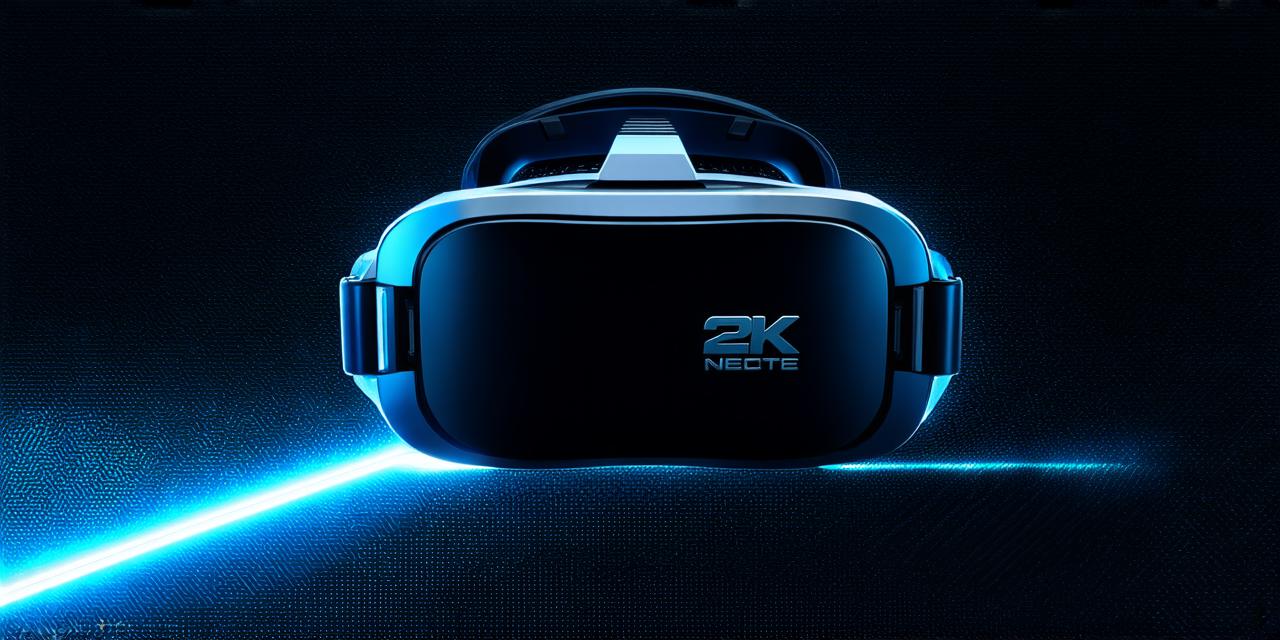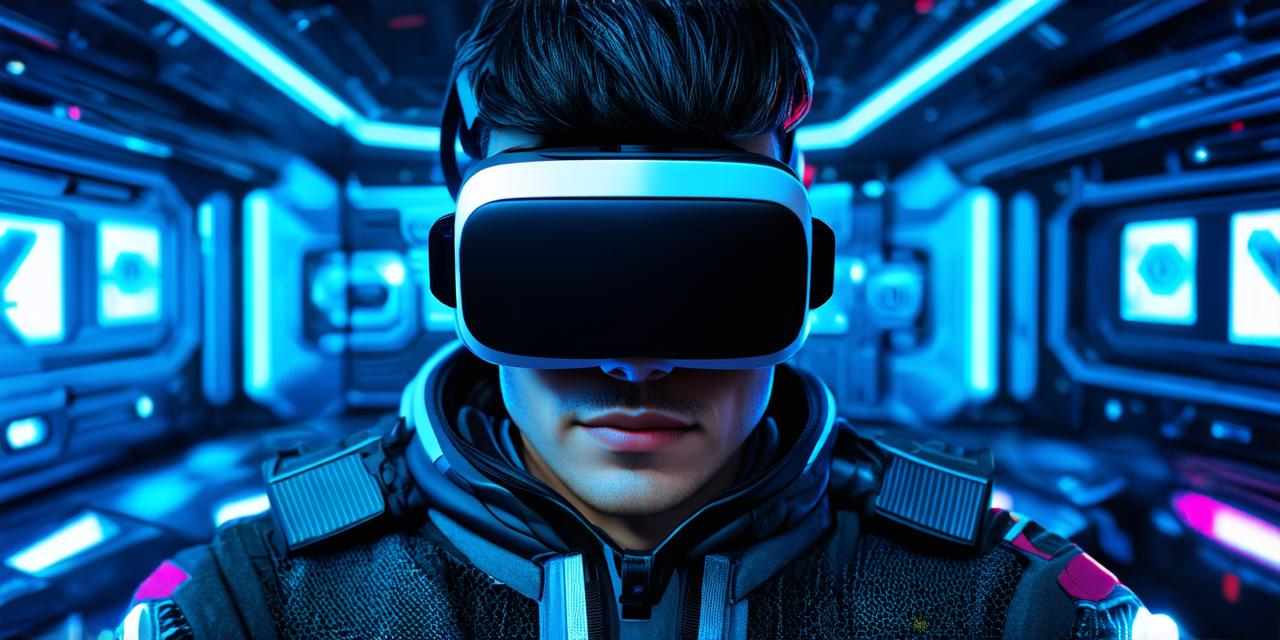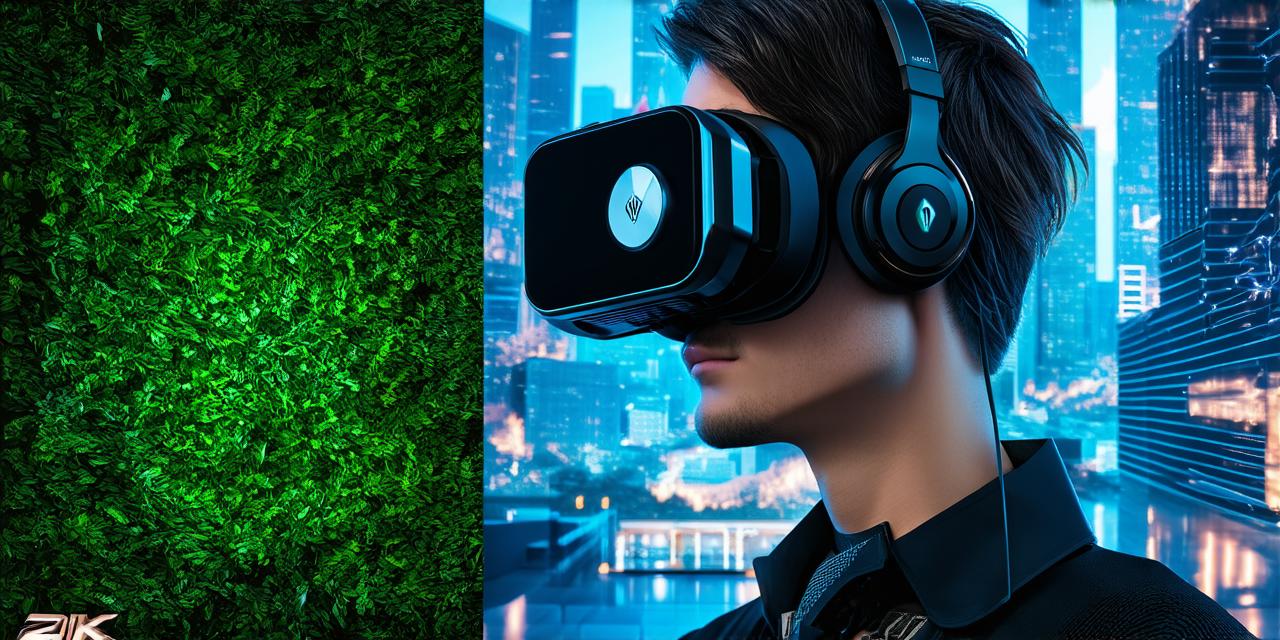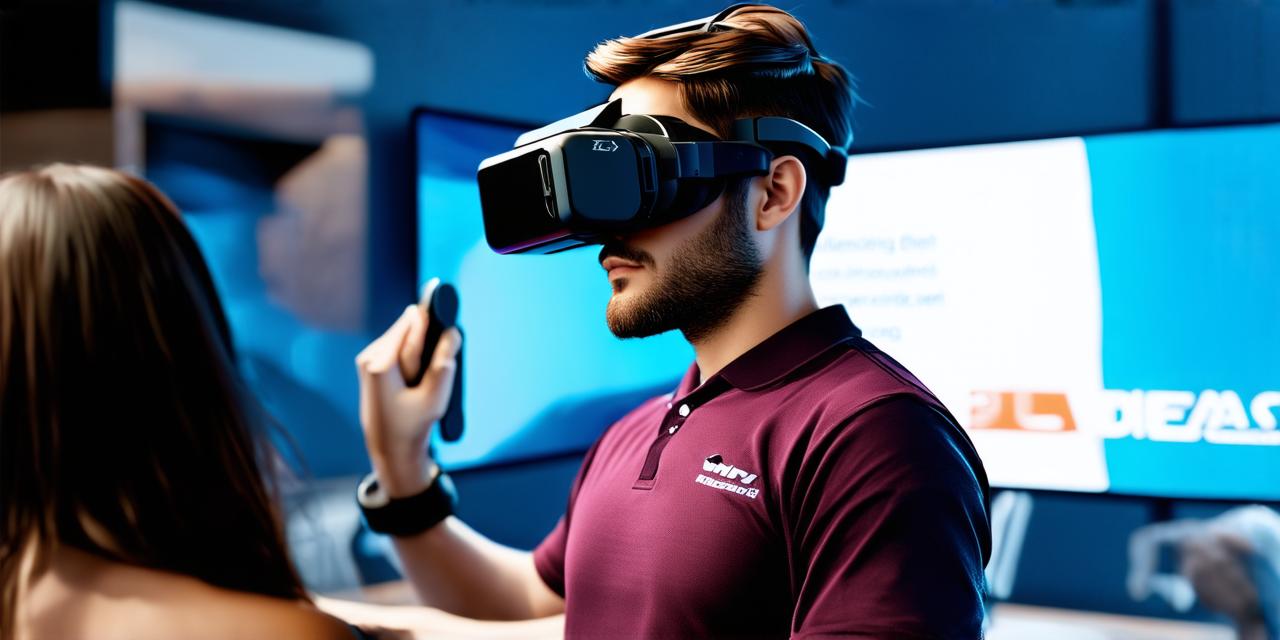1. Head-Mounted Display (HMD) Virtual Reality
Head-mounted display (HMD) virtual reality is the most common form of VR. HMDs consist of a headset that tracks the user’s head movements and displays a 3D image in front of them. This creates an immersive experience where the user feels like they are inside the simulated environment.
HMD VR has a wide range of applications, including gaming, entertainment, education, and training. For example, HMD VR can be used to train pilots or astronauts for their jobs in a safe and controlled environment. It can also be used in education to create virtual field trips or simulations that allow students to experience things they might not otherwise be able to.
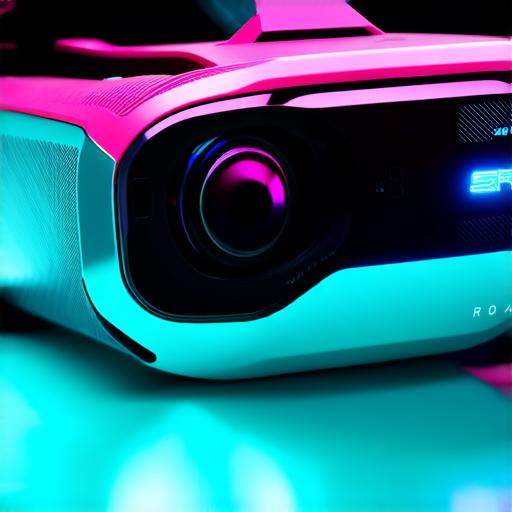
2. Room-Scale Virtual Reality
Room-scale virtual reality involves setting up sensors around a physical space to track the user’s movements. This creates an immersive environment where the user can move around freely and interact with objects in the virtual world.
Room-scale VR is commonly used for training and simulation applications, as it allows users to move around freely and interact with their environment in a way that simulates real-world scenarios. It can also be used in entertainment and gaming, where players can move around and interact with objects in the virtual world. For example, room-scale VR has been used to create simulations for pilots and astronauts to practice their skills in a safe and controlled environment.
3. Handheld Virtual Reality
Handheld virtual reality involves using a handheld device to track the user’s movements and display a 3D image in front of them. This allows users to experience VR on-the-go, without needing to set up sensors or wear a headset.
Handheld VR has a wide range of applications, including gaming and entertainment. For example, handheld VR can be used to create mobile games that allow players to experience immersive environments on their smartphones or tablets. It can also be used in education and training, where students can use handheld devices to learn about historical events or scientific concepts by experiencing them in a virtual environment.
4. Augmented Reality (AR)
Augmented reality involves overlaying digital images onto the real world. AR is often confused with virtual reality, but it is a separate technology that has its own applications.
AR has a wide range of applications, including gaming and entertainment, education, and marketing. For example, AR can be used to create interactive games or experiences for smartphones and tablets. It can also be used in education to help students learn about historical events or scientific concepts by overlaying digital images onto the real world. In marketing, AR has been used to create immersive product demonstrations and advertisements.
Comparing VR Forms
While all four forms of virtual reality have their own applications, there are some key differences between them. HMD VR is the most immersive form of VR, as it allows users to experience a fully simulated environment in front of them. Room-scale VR provides a more realistic environment for training and simulation applications, as users can move around freely and interact with objects in the virtual world.
Handheld VR allows users to experience VR on-the-go, while AR overlays digital images onto the real world.
Real-Life Examples
Virtual reality has already had a significant impact on many industries. In gaming, HMD VR has been used to create highly immersive experiences for players, while handheld VR has been used to create mobile games that allow players to experience immersive environments on-the-go. Room-scale VR has been used in training and simulation applications, such as simulations for pilots and astronauts to practice their skills in a safe and controlled environment. In education, VR has been used to create virtual field trips and simulations that allow students to experience things they might not otherwise be able to.
